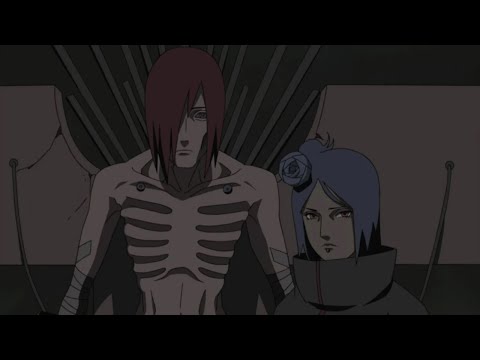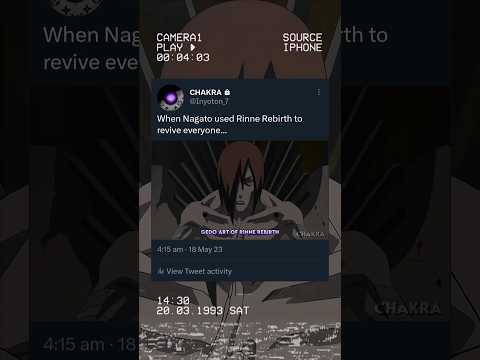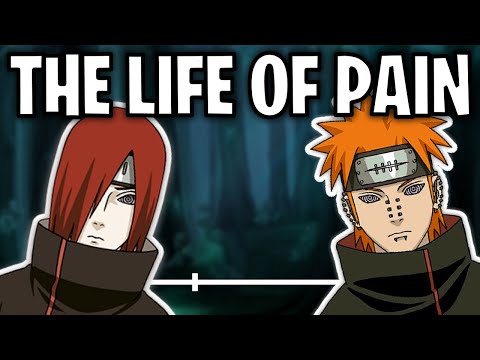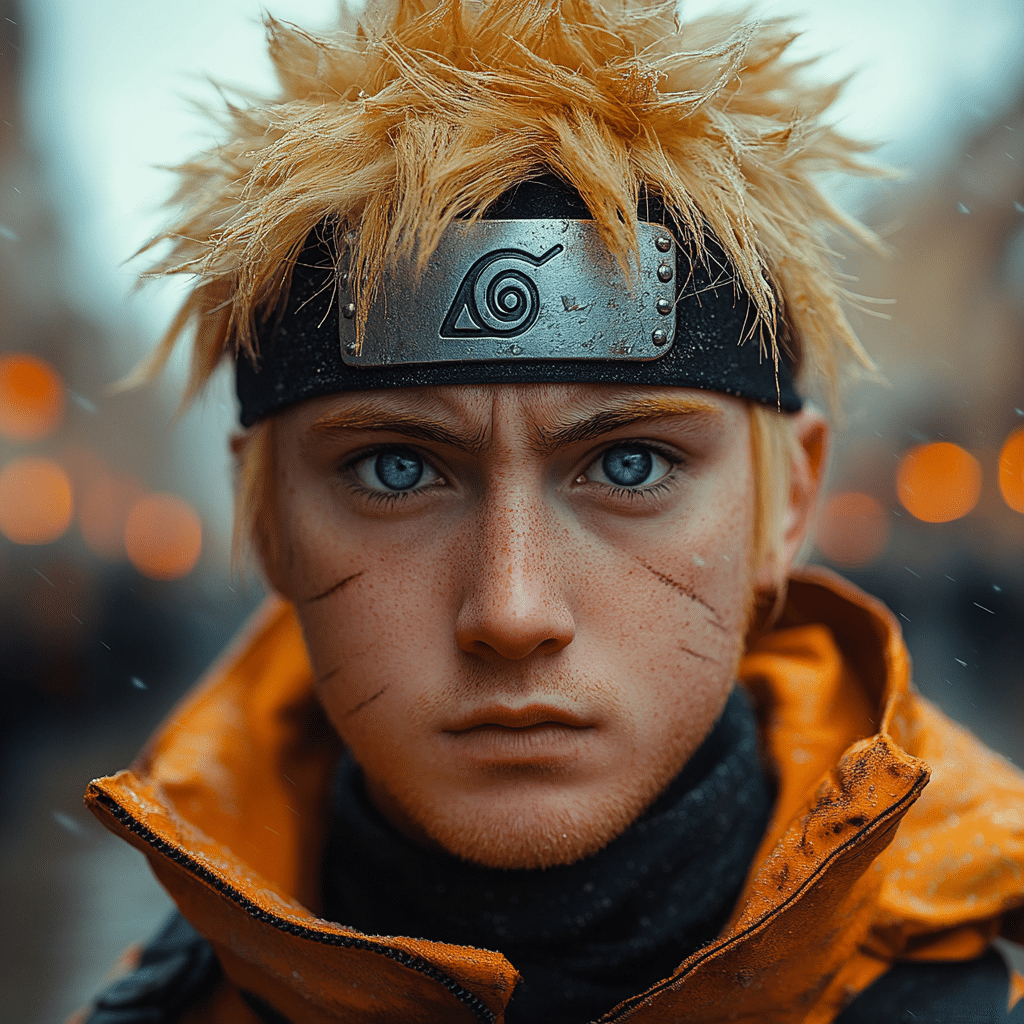
Naruto Nagato The Tragic Story Behind Pain’s Power
In the expansive universe of Naruto, few characters evoke as much intrigue and sympathy as Naruto Nagato. This complex figure bridges the gap between heroism and villainy, embodying an enriching yet tragic backstory that ultimately shapes his powerful persona known as Pain. From his early life filled with trauma to his philosophical underpinnings and eventual redemption, the tale of Nagato is a poignant reminder of the cyclical nature of pain and the quest for peace. Join us as we delve into the seven pillars of Nagato’s tragedy to fully grasp the depths of his character and the potent impact he leaves on the Naruto franchise.
1. The Seven Pillars of Nagato’s Tragedy in Naruto
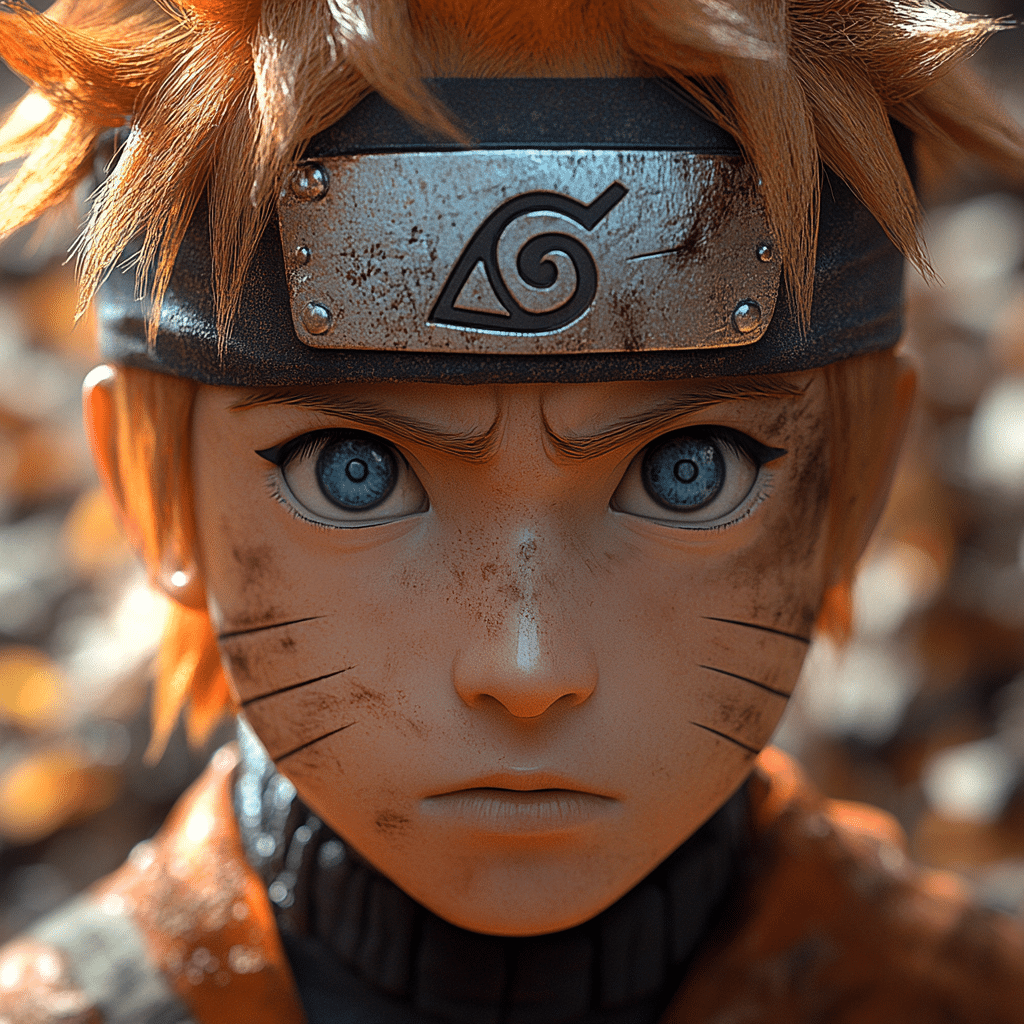
Early Life and the Loss of Family
Nagato’s story begins in Amegakure, the Village Hidden in Rain, where he lived a sheltered life with his parents, Fusō and Ise. However, the tranquility was short-lived as the Second Shinobi World War devastated the area, leading to his parents’ brutal deaths. This traumatic experience left an indelible mark on young Nagato. Orphaned and alone, he unwittingly learned that strength often comes at a painful cost, steering him away from hope and towards a more pain-driven philosophy.
The transformative events of his childhood not only left him without family but also birthed a deeply-rooted conviction that pain begets pain. Nagato’s sorrow would eventually shape his worldview, making him a compelling study of how environments and experiences can sculpt a person’s moral compass. His relationships with fellow orphans, Konan and Yahiko, provided solace but also foreshadowed the looming tragedies that would redefine their lives.
The Awakening of Rinnegan
The turning point in Nagato’s life came when he unknowingly became the host of the Rinnegan, a powerful ocular ability originally wielded by the Sage of the Six Paths. Unknown to him, the legendary Madara Uchiha surgically implanted this ability while he was still a child. As he grew, the Rinnegan became synonymous with immense power and grotesque responsibility. For Nagato, the Rinnegan represented both a gift and a curse; its potential for destruction was only rivaled by its capability for creation.
Through Rinnegan, Nagato could control the Six Paths of Pain, allowing him to manipulate life and death on an unprecedented scale. This newfound ability set the stage for his rise as a leader within the Akatsuki, an organization that ostensibly sought peace but would instead fuel chaos, which fueled his internal conflict. Rather than empowering him solely to achieve justice, this power often deepened his despair, emphasizing the sometimes corrupting influence of strength in one’s quest for peace.
Friendship with Yahiko and the Birth of Akatsuki
Nagato’s friendship with Yahiko is pivotal in understanding his character arc. Yahiko’s zeal for change and commitment to peace drove them to become formidable allies. However, following Yahiko’s tragic death at the hands of Hanzo, Nagato’s resolve began to morph dangerously. The profound loss shattered his dreams and replaced idealism with vengeance. This pivotal moment marked Nagato’s transformation into Pain, a figure bent on making the world aware of suffering to enforce his twisted view of peace.
The founding of Akatsuki as a means for attaining strength became emblematic of Nagato’s shift from a hopeful youth to a leader bent on imposing his will on a chaotic world. Under his leadership, Akatsuki evolved from a band of misfits with noble intentions into a potent adversary wielding overwhelming influence. This metamorphosis proved fatal for many and underscored how loss can distort even the best intentions.
The Pursuit of Peace Through Pain
At the heart of Nagato’s ideology lies his philosophy: “peace through pain.” It’s a complex narrative that raises serious questions about morality and justice. While he harbored genuine intentions to eliminate suffering, his methods contradicted the very ethos he sought to uphold. The destruction of Konoha stands as a glaring example of the violence he employed under the guise of a mission for peace.
Nagato believed that by making the world experience overwhelming sorrow, he could foster a new understanding of peace. His actions culminated in the tragic realization that pain does not foster growth but rather exacerbates division and conflict. This paradox makes him a deeply tragic figure in the Naruto saga; where he retaliated against pain, he only perpetuated a cycle that he initially sought to escape.
The Struggle with Identity: Nagato vs. Pain
The dichotomy between Nagato and his Pain persona presents a fascinating exploration of identity. As Pain, he justifies his horrific actions, allowing him to distance himself from the idealistic child he once was. In controlling the Six Paths of Pain, each body represents a fractured fragment of himself, a terrifying manifestation of his internal struggle.
This conflict serves as a broader metaphor for the struggle between the self and the roles we assume. Ultimately, embodying Pain offers Nagato a distorted sense of power while simultaneously alienating him from the values he once held dear. The conflict between these two identities is symbolic of a greater human struggle—one that resonates deeply with audiences.
The Relationships that Defined Him
Nagato’s relationships shaped him in unexpected ways. Konan, his steadfast companion, shared in both his commitments and burdens. She epitomized the moral grounding he desperately needed, yet ultimately, she was also swept into the chaos he created. Naruto, later in the series, serves as his foil; their interactions reveal the stability and hope that Nagato lost along his tumultuous journey.
Even the enigmatic Tobi plays a vital role in Nagato’s evolution. Tobi’s manipulative behavior challenges Nagato’s resolve, showcasing how toxic relationships can further complicate one’s trajectory. These characters provide insight into who Nagato might have been had his life taken a different path.
Redemption and Legacy
Though his actions solidified him as a significant antagonist, redemption came knocking on Nagato’s door during his confrontation with Naruto. In a powerful moment, he recognizes the value of choice, understanding that true peace cannot be enforced through fear. This poignant decision marks the zenith of his character growth, as he sacrifices himself for a glimpse of hope.
This act of redemption resonates deeply within the Naruto storyline. Nagato’s ultimate sacrifice leaves a lasting impact, especially on Naruto, whose ideals of resilience and hope reflect a stark contrast to Nagato’s earlier philosophies. By choosing to believe in the potential for change, the narrative circles back to the idea that understanding and empathy are paramount in the quest for peace.
The Influence of Nagato’s Journey on Naruto
Within the grand narrative tapestry of Naruto, Nagato serves as an essential foil to Naruto Uzumaki. Rooted in despair, Nagato’s arc poses profound questions about the consequences of unchecked power, while Naruto embodies hope and resilience. This juxtaposition invites fans to reflect not only on individual paths to peace but also on how different experiences shape our choices.
The bittersweet duality between these two characters invites audiences to acknowledge that paths marked by pain can lead to understanding, but also corruption. Ultimately, the journey of Naruto Nagato serves as a cautionary tale. It emphasizes the importance of recognizing our own responsibilities in fostering peace rather than imposing it through force.
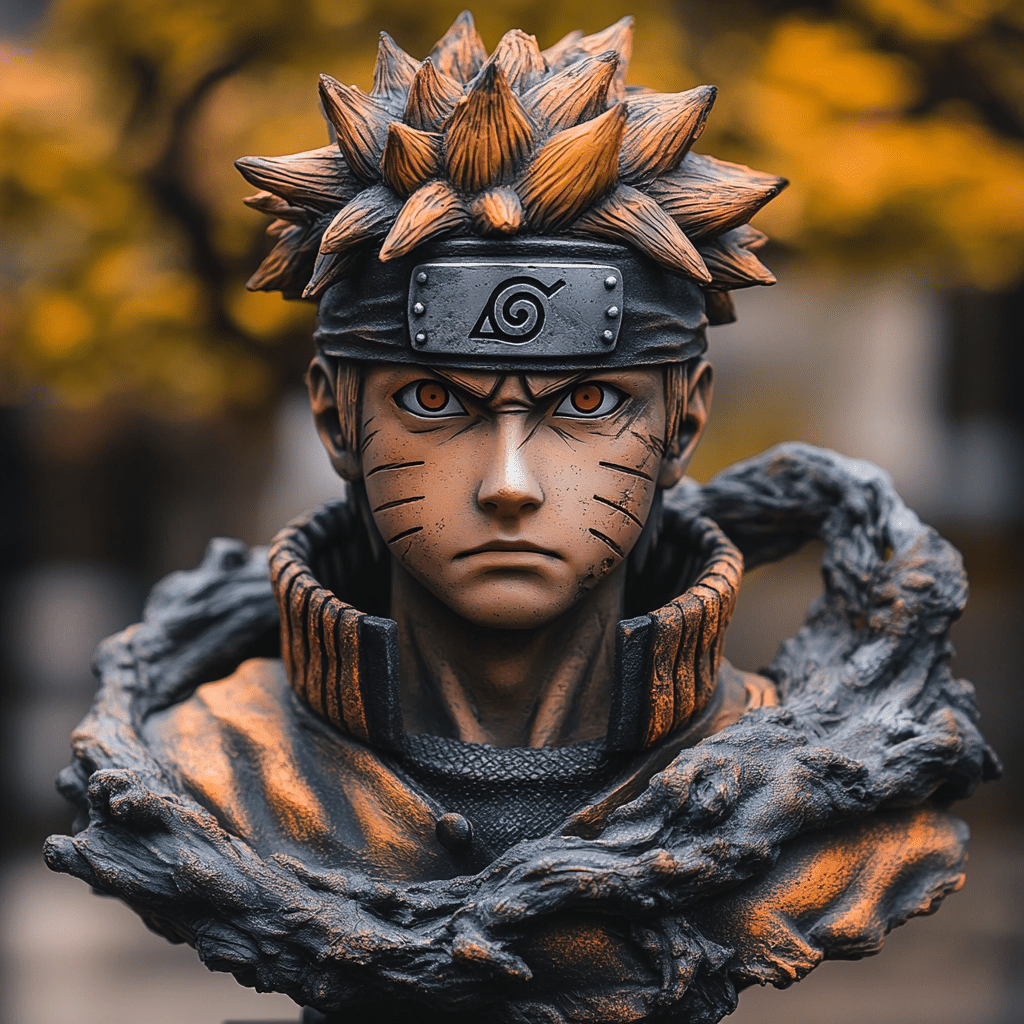
Final Reflections on Naruto Nagato’s Impact
The saga of Naruto Nagato transcends traditional anime narratives, offering rich themes of loss, redemption, and the multifaceted nature of power. As Pain, Nagato becomes not just an antagonist but a complex symbol poised to challenge viewers’ understanding of what it means to seek peace in a chaotic world. His character compels us to confront the intricacies of human emotion and the idea that one’s past can shape, yet does not have to define, the future.
Even years after his arc concluded, Nagato’s story resonates with relevance, prompting ongoing analysis and reflection. In the ever-changing landscape of storytelling, characters like Nagato provide depth and complexity, ensuring that the themes of pain and redemption continue to echo through both the Naruto franchise and the broader cultural narrative.
In sum, Naruto Nagato’s journey invites filmmakers, industry professionals, and movie lovers to appreciate not just the triumphs and tribulations of individual characters but the rich storytelling that immortalizes their experiences. Through his lens, audiences explore intricate human emotions while navigating their quests for understanding and peace amid turmoil. It’s this layered portrayal that cements Nagato as a lasting figure deserving of our admiration and analysis in the expansive universe of Naruto.
Naruto Nagato: The Tragic Story Behind Pain’s Power
From Tragedy to Power
The story of Naruto Nagato is one steeped in pain and transformation. As a child in the Hidden Rain Village, Nagato faced immense hardship after witnessing his parents’ deaths during a war. This traumatic experience fueled his quest for power, leading to his eventual transformation into Pain, the leader of the Akatsuki. Interestingly, his name, “Nagato,” translates to “Long Winding Road” in Japanese, reflecting the tough journey he undertook, much like navigating a lien holder meaning in the world of real estate—a complicated process that requires understanding relationships and consequences.
The Circle of Life in Shinobi
As Pain, Nagato wielded the Rinnegan, a powerful ocular technique that allowed him to control life and death. In a way, his powers mirrored the struggles faced by individuals needing to make significant decisions about job relocation or even exploring options like What Is Timeshare in terms of investment. Just as they grapple with their own pivotal choices, Nagato’s abilities were rooted in the desire to change the world, albeit through a twisted, destructive lens. His tragic story symbolically interlinks with other narratives, such as Lacey Duvalles rise to fame—both characters embody resilience shaped by personal turmoil.
Legacy and Inspirations
Not only did Nagato’s transformation inspire countless fans, but it also derived influences from various sources within and outside anime. For instance, the philosophical depth found within Naruto resonates with themes prevalent in diverse works, whether it’s the nuances behind characters like Sam J. Jones in classic films or the resolve showcased by figures like Tigerlily in popular culture. Furthermore, the exploration of locations like Goree Island serves as a reminder of how history shapes identity, just as it shaped Nagato’s worldview.
In the end, Naruto Nagato’s narrative invites viewers to ponder the essence of power and the paths taken in pursuit of it, highlighting the moral complexities mirrored in real-life decisions like buying property at places like the Baltimore Waterfront marriott. This intricate layering of personal battles and philosophical dilemmas illustrates the rich storytelling that defines the series.

Are Naruto and Nagato related?
Naruto and Nagato are cousins, but they’re not closely related since not all Uzumaki are directly connected.
Why was Nagato so skinny?
Nagato was so skinny because his body was severely weakened after using the Six Paths of Pain technique, along with the toll from linking to the Demonic Statue of the Outer Path, which left him emaciated.
Is Pain, Nagato or Yahiko?
Pain is actually Nagato controlling the bodies of his deceased friend Yahiko and five others. Most of what viewers see as Pain is represented by the Deva Path, which is Yahiko’s body.
Who is Nagato to Jiraiya?
Nagato was one of Jiraiya’s students, and Jiraiya played a significant role in training him alongside Konan and Yahiko, shaping their early missions and ideals.
Is Nagato pure Uzumaki?
Nagato’s heritage includes being a member of the Uzumaki clan, but he also has complex origins, not making him purely Uzumaki.
Is Nagato half Uzumaki?
While he has ties to the Uzumaki clan, Nagato isn’t considered half Uzumaki; he’s seen as more genetically mixed but strongly connected to their lineage.
What disease did Nagato have?
Nagato suffered from physical ailments due to the immense strain of controlling the Six Paths of Pain, which compromised his health significantly.
Why is Nagato crippled in Naruto?
Nagato’s condition wasn’t just a physical disability; it stemmed from the excessive demand that his abilities placed on his body, which left him reliant on a mechanical walker.
Why was Nagato so sickly?
He looked sickly because of the heavy burden on his body from using his powers, leading to malnutrition and overall poor health throughout his life.
Who is stronger, Nagato or Itachi?
When it comes to strength, it’s generally agreed that Nagato has the upper hand over Itachi, mostly due to his vast range of abilities and the power of the Rinnegan.
Who killed Pain in Naruto?
Nagato, as Pain, was ultimately killed by Naruto during their final confrontation, where Naruto’s conviction and abilities triumphed over Nagato’s ideals.
Why does Pain have Yahiko’s body?
Nagato uses Yahiko’s body to represent Pain because he was an influential figure in Nagato’s life, and it symbolizes the ideals they shared as part of their quest for peace.
Why did Nagato didn’t revive Jiraiya?
Nagato didn’t revive Jiraiya because he held a deep respect for his former teacher and believed Jiraiya’s death was essential to his message about pain and sacrifice.
Why did Pain revive everyone?
Pain revived everyone in the village to show the power of his abilities and his belief in achieving peace through understanding and the experience of pain.
Why did Madara choose Nagato?
Madara chose Nagato because of his immense potential as a wielder of the Rinnegan and the belief that he could be manipulated to fulfill Madara’s grand design.





